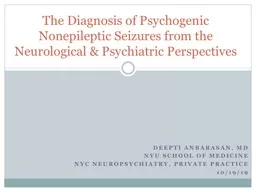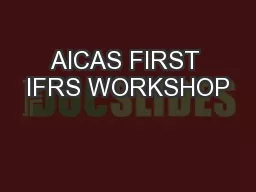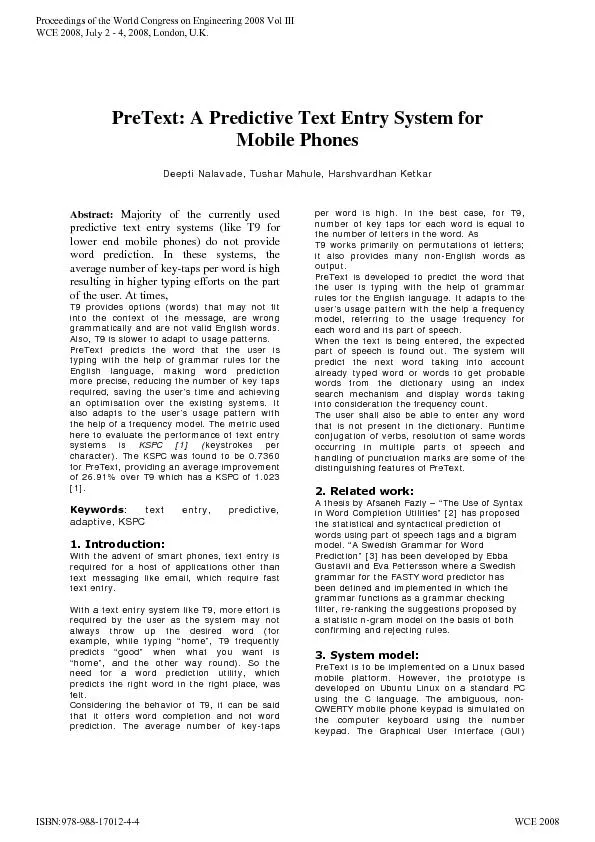PPT-Deepti Anbarasan, MD
Author : tawny-fly | Published Date : 2019-12-10
Deepti Anbarasan MD NYU School of Medicine NYC Neuropsychiatry Private Practice 101919 The Diagnosis of Psychogenic Nonepileptic Seizures from the Neurological amp
Presentation Embed Code
Download Presentation
Download Presentation The PPT/PDF document "Deepti Anbarasan, MD" is the property of its rightful owner. Permission is granted to download and print the materials on this website for personal, non-commercial use only, and to display it on your personal computer provided you do not modify the materials and that you retain all copyright notices contained in the materials. By downloading content from our website, you accept the terms of this agreement.
Deepti Anbarasan, MD: Transcript
Download Rules Of Document
"Deepti Anbarasan, MD"The content belongs to its owner. You may download and print it for personal use, without modification, and keep all copyright notices. By downloading, you agree to these terms.
Related Documents





